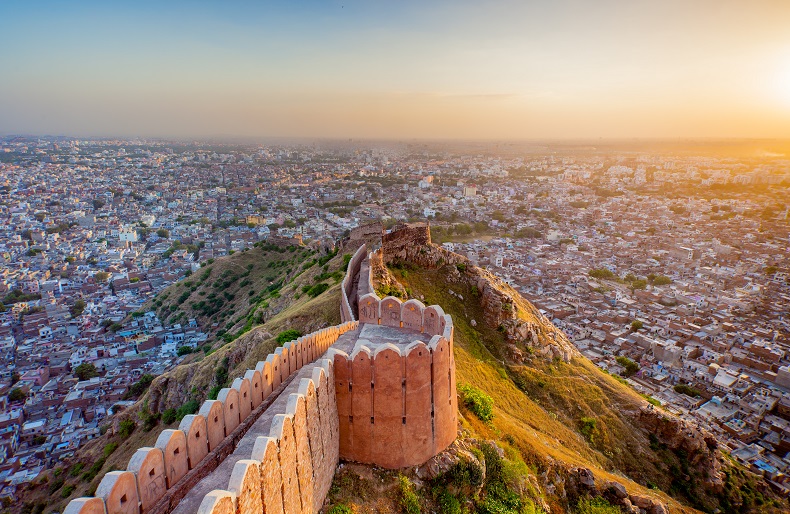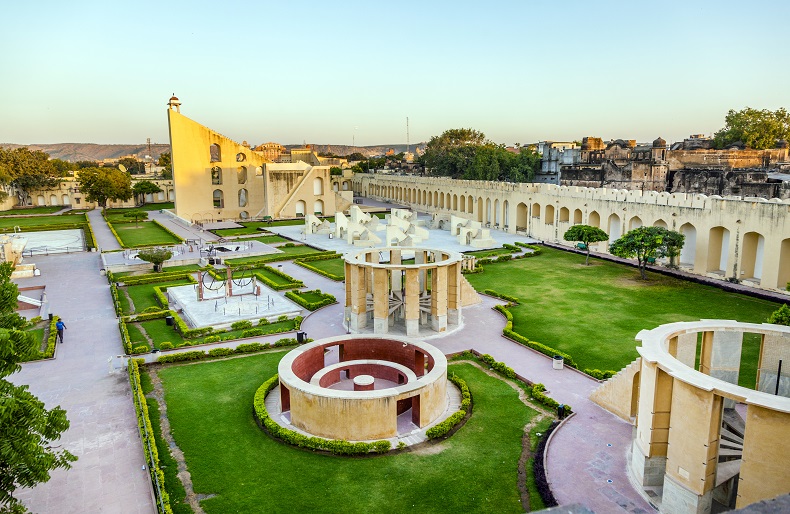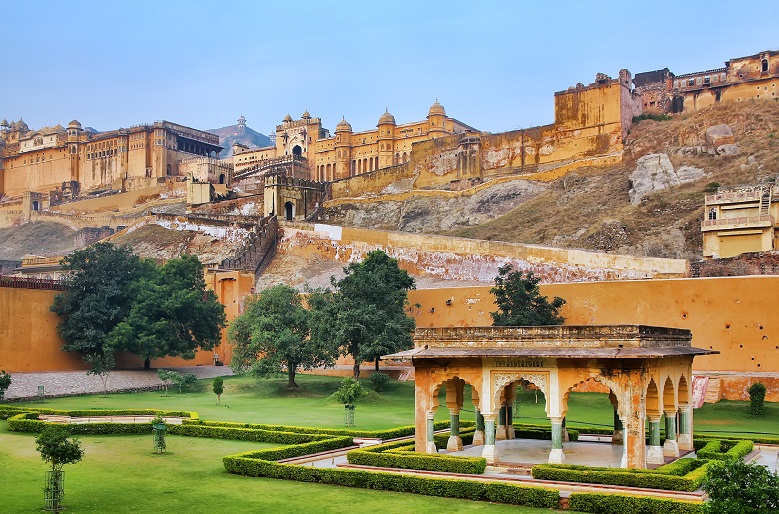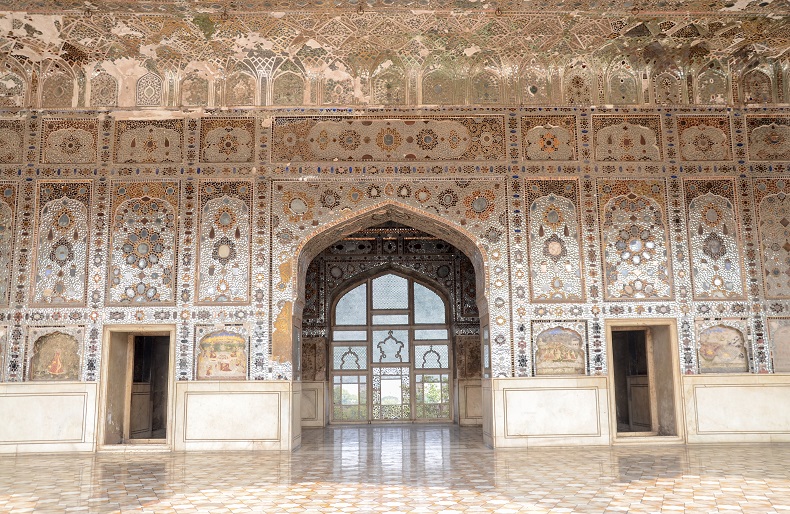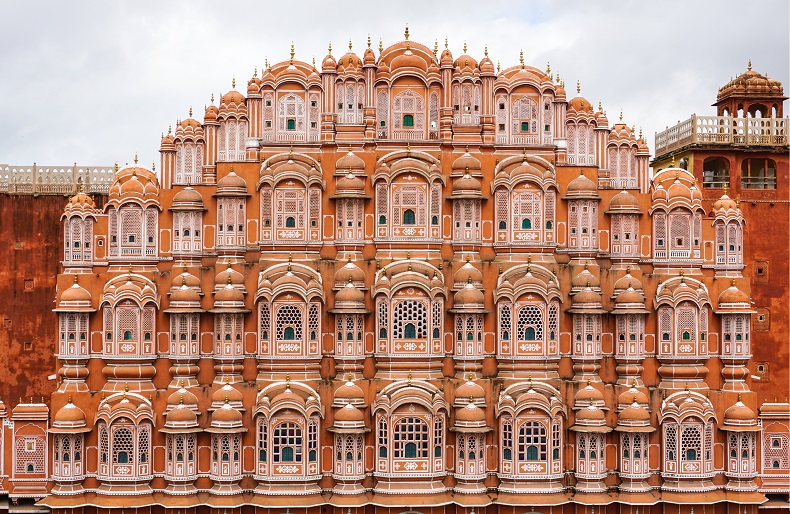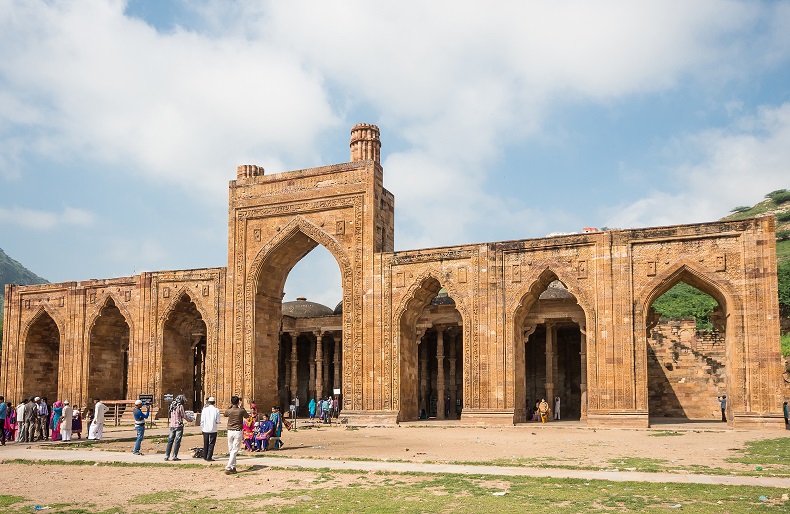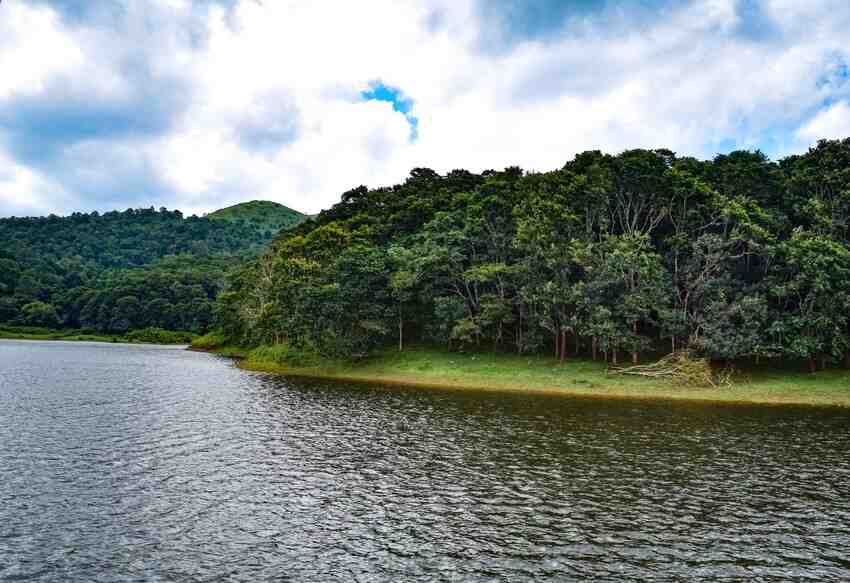Spectacular Sterling resort at Jaipur
If you are craving to see magnificent palaces and to get a peek into the lifestyles of the Rajas of the bygone eras, then Jaipur is the city you have got to visit! In case you are passionate about forts and its marvellous architecture, then you must experience the flamboyance of the Rajasthani Royals. Sterling Atharva- Jaipur is on the Jaipur –Ajmer National Highway 8, and the property is spread in a sprawling area of 8 acres embedded in the canopy of the “Greenwood Trees”. At Sterling Atharva-Jaipur, we will make sure that you get an exotic experience of the valour and vibrancy of Rajasthan in its most authentic form. This is a brand new gem that we have added to our array of resorts to help you relive the royal past, snuggled in the lush green surroundings, yet not far away from the hustle of the city. Dropping anchor at Sterling Atharva- Jaipur, post a delicious Rajasthani spread, you can head out to:
Nahargarh Fort
This majestic architecture is visible to you from far before you actually reach it. This grand fort on the Aravalli Ranges is overlooking the vast city of Jaipur and Amer, almost giving you a bird’s eye view. It is a stunning view and the cardinal attraction is the dozen queen boudoirs, skillfully interlinked and adorned with exclusive murals. You may visit the Jaipur Wax Museum and if you are not in a hurry to return to the warmth of Sterling Atharva- Jaipur you can relish the twilight view of the city at the Fort’s restaurant. This fort is 45kms away from our resort.
Jantar Mantar
Take some time in hand and then take a trip to the Jantar Mantar Observatory, since it is much more than just an Observatory. It has an expansive layout and is one of the largest observatories in the world. This astronomical observatory was Maharaja Jai Singh II’s creation and going back to his time it had the largest sundial of the world. This landmark was delivered out of his avid interest in architecture, astronomy, and philosophy. As you witness the geometrical instruments to accurately measure the movement of the constellations, time stands still.
Amer Fort
Amer Fort or Amber Fort, whatever you would like to call it, is poetry in red sandstone and one of the best amalgamations of Hindu Muslim architecture and is an architectural wonder in marble and stone. Built by a trusted war Chief of Akbar’s Army, Raja Maan Singh Ji Saheb, it is a fortress palace of white and red sandstone of the 6th Century. Do overlook the adjacent small temple devoted to ‘Sheela Mata’, his patron Goddess. The Amer Fort has a ‘Diwan-e-Aam’, Hall of General Audience” which is a ravishing hall, erected on two rows of ornamented pillars that open out on three sides. It is said that here the King was an audience to the needs and complaints of the general public. ‘Diwan e-Khaas’ the ‘Hall of Private Audience’ where the King held private meetings with special guests is embellished with delicate mosaic work in glass. The Sukh Niwaas bang opposite the ‘Diwaan-e-Khaas’ has doors carved out of sandalwood and ivory, with a channel running in the middle of the hall, which carried cool water that functioned as an air cooler, aided by the natural breeze. This artistic hall was cooled artificially much before air-conditioners came into being. As the kings spent time in this chamber with their consorts, it was called Sukh Niwas or the abode of pleasure.
Sheesh Mahal
The Mirror Palace is the most gorgeous part of the Amber Fort, reflecting the craftsmanship displayed on the ceilings and the walls, an exquisite exhibition of paintings and flower motifs etched in glass. This architectural feat was built to give the queen a feeling of sleeping under the starlit night sky since ladies were not allowed to sleep in the open in those times. The famous Hindi Film song of ‘Mughal-E-Azam’ i.e. “pyaar kiya toh darna kya” was shot in this Sheesh Mahal. The walls and ceiling of this hall are full of beautiful paintings and flowers carved out in pure glass. The most dazzling part of this hall is that if two candles are lit, it reflects into thousands of stars.
Hawa Mahal
You cannot afford to miss the much renowned “Palace of the Winds”, the jewel in the crown of Jaipur’s attractions. This magnificent palace has five storeys and is in the heart of the city. The Chief Architect, Lal Chand Ustad built this bewitching structure in red and pink sandstone under the Kingship of Maharaja Sawai Pratap Singh. The most unique feature of this architecture is that it is constructed in the shape of a crown adorning Krishna’s head, an embodiment of the Rajputana style of architecture. The Hawa Mahal is built in the shape of a pyramid with 953 windows or ‘Jharokhas’ intricately designed. The main intention was to facilitate the royal women to view everyday life through these windows, as they never appeared in public.
Adhai Din ka Jhonpra Mosque
This is a tourist spot which would set you thinking and could baffle you too! The edifice was originally that of a Sanskrit college, which was converted into a mosque by Muhammad Ghori in the 12th Century. He got a seven-arched wall built which was inscribed with verses from the Quran. The front facade comprises of several small arches built in yellow limestone and the interior resembles a Hindu temple Folklore says that this mosque was built in two and a half days, whereas another stream of thought says that it was named after a city fair that was held nearby for two and a half days. It was built from masonry taken from broken down temples of the Hindu and Jain sects. The majestic pillars hold up the ceiling in the main chamber and these columns are of an uncommon design, heavily decorated and later Sultan Altamash in the 13 Century AD added an intricate jali (screen) under a raised arch. Strangely there is a small frieze over the apex of the Arch which contains an inscription in Sanskrit.”
Ajmer Sharif Dargah
This is a Dargah, an Islamic place of worship. If you want to sprinkle a little bit of spirituality in your sojourn at Jaipur you got to visit Ajmer Sharif Dargah, one of the most sanctified shrines in the country. Situated at the center of Ajmer city, it is cherished by both Muslims and Hindus. This is the Dargah Sharif of Hazrat Khwaja Moinuddin Chishty Ajmeri, built in the 14th Century which was first visited by Mohammed Bin Tughlaq. Let me tell you some jaw-dropping inexplicable but very interesting facts about Ajmer Sharif. One of the monuments inside the Dargah, the Jalhara was once upon a time the primary source of water when Hazrat Khawaja Moinuddin Chishty, reigned. Even at present times, Jalhara provides water for all the rituals of the Dargah. Just as we see in the Hindi movies, after namaaz is offered, ‘Qawwalis’ praising Allah are sung by devotional singers every day at the hall called ‘Mehfil-e-sama’. An ordinary water carrier, Nizam Sikka once saved Mughal Emperor Humayun’s life and as a reward, he was allowed to rule the Mughal Empire for just a day. Today his tomb can be found inside the Dargah. Inside the Dargah, Niaz is cooked in the two deghs (pots) that have a circumference of 10 feet: a dish made up of rice, saffron, nuts, ghee, sugar, and dry fruits, at night and dispersed to the worshippers as tabarruk (blessing) subsequent to the morning prayers. In the Jama Masjid, you can find 33 beautifully inscribed Quranic verses alongside all the 99 sacred names of Allah. As a daily ritual, 15 minutes before the evening prayers, candles are placed inside the lamps, while Persian verses are chanted accompanied by rhythmic drumbeats in the background. After the verses are recited, lamps are lit and placed in all the four corners of the tomb which is known as roshnee. To the west of the shrine, lies the beautiful gate called the Jannati Darwaza plated with silver. This gate is opened for public only four times during the year: during the annual festival of 6 days called Urs, twice on Eid, and the last time during the Urs of Khawaja Saheb’s Pir. Moinuddin Chishti is believed to have locked himself in his room for 6 days and attained salvation at the age of 114. The flocking devotees are served food by other devotees standing inside the scalding hot cauldrons, unscathed. The Akbar Mosque is inside the Ajmer Sharif built as a token of gratitude for the birth of his son Jahangir. Today it functions as a Quranic educational institution.
The magnificent desert capital of India will allure you year after year because you cannot get enough of it in one visit. Sterling Atharva – Jaipur offers you a stay which will give you an experience of your lifetime as we try to replicate the splendour of Rajasthan both in the property and the service that we offer, a marriage between tradition and modern facilities, so come and holiday differently with us at Jaipur. Book Now!

